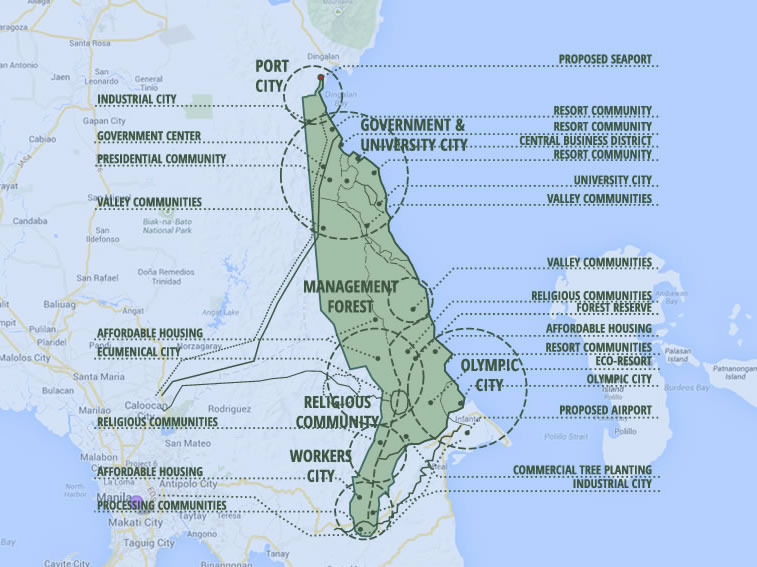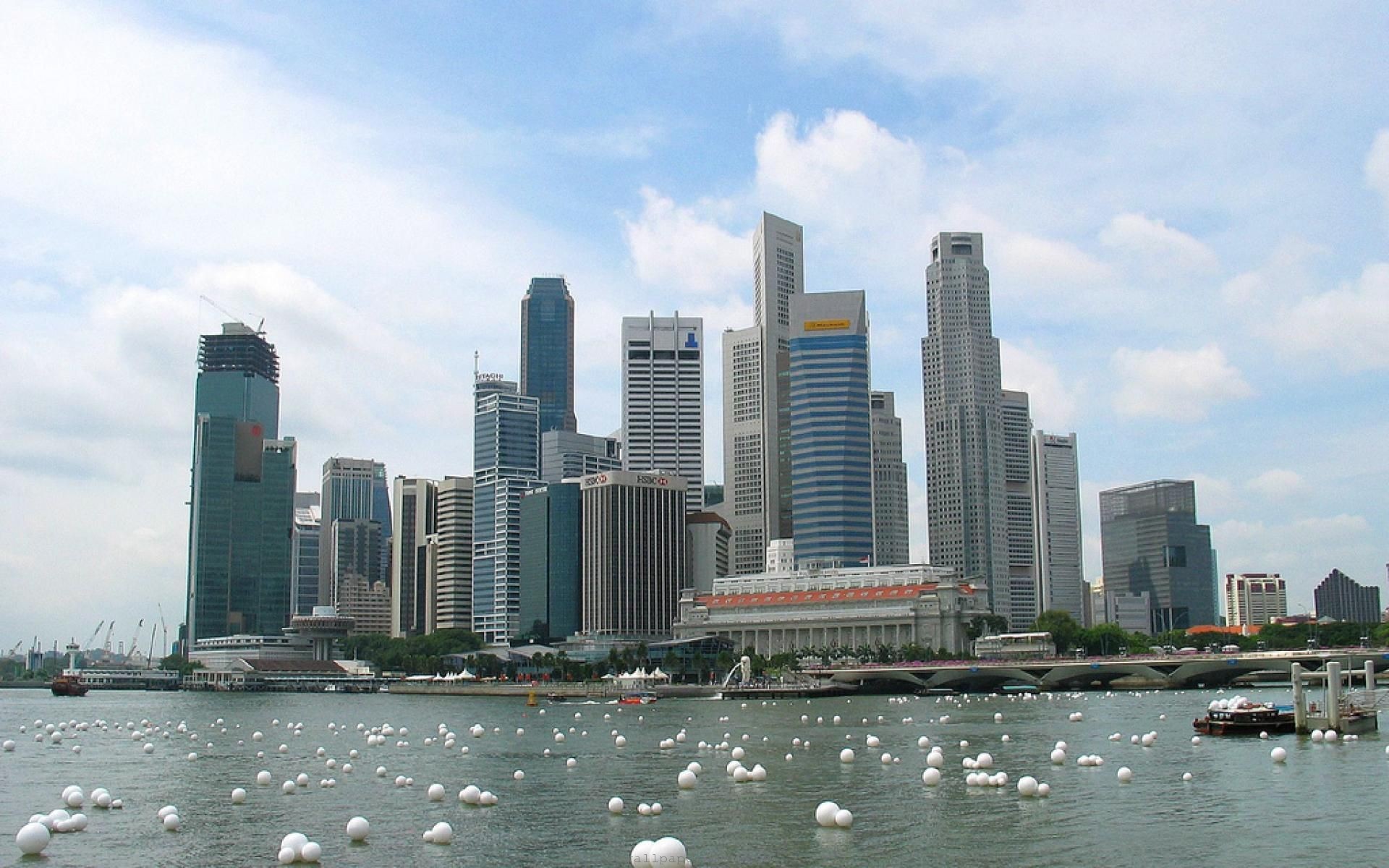A Nationwide Problem
Metro Manila has had a number of problems in the past few decades. Over population, poverty, and a lack of access to basic human services has been a huge problem for many of its residents.
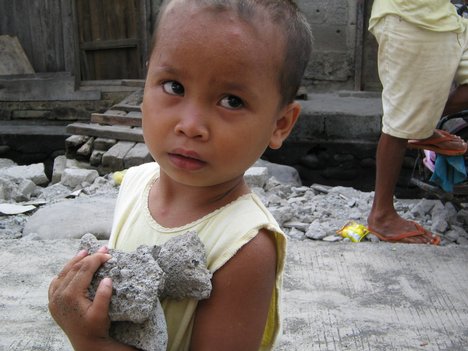
According to statistics gathered through Wikipedia:
Poverty remains the most critical social problem that needs to be addressed. The Philippines poverty line marks a per capita income of 16,841 pesos a year, which is roughly equivalent to $US400 per year.
According to the data from the National Statistical Coordination Board, more than one-quarter (27.9%) of the population fell below the poverty line duringthe first semester of 2012, an approximate 1 per cent increase since 2009.
The decline has been slow and uneven, much slower than neighboring countries who experienced broadly similar numbers in the 1980s,such as China, Thailand,Indonesia(where the poverty level lies at 8.5%) or Vietnam (13.5%). This shows that the incidence of poverty has remained significantly high as compared to other countries for almost a decade.
The unevenness of the decline has been attributed to a large range of income brackets across regions and sectors, and unmanaged population growth.
Population Growth and Traffic
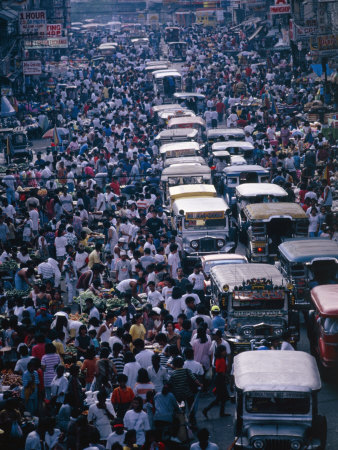 By the year 2010, Metro Manila already has a population of over 11 million. That represents approximately 13% of the entire national population of the Philippines. Already, the road networks in Metro Manila are suffering from
overcapacity or overuse. It would
obviously not be able to handle the additional traffic engendered by the
tremendous increase in population. This
shall be over density of the worst kind.
By the year 2010, Metro Manila already has a population of over 11 million. That represents approximately 13% of the entire national population of the Philippines. Already, the road networks in Metro Manila are suffering from
overcapacity or overuse. It would
obviously not be able to handle the additional traffic engendered by the
tremendous increase in population. This
shall be over density of the worst kind.
At present, traffic in Metro Manila costs as much as 140 billions of pesos a year in terms of loss of productive manpower, reduced sales and loss of investments. Imagine how much richer and more efficient our country would be if we could only solve this perennial problem.
Water and Power Shortage
 With overpopulation, utilities such as
water, power, telephone and waste disposal shall be similarly
overburdened. At present, certain areas
in Metro Manila have become waterless.
With overpopulation, utilities such as
water, power, telephone and waste disposal shall be similarly
overburdened. At present, certain areas
in Metro Manila have become waterless.
At homes, water is a primary necessity – for cooking, for cleaning, for waste disposal, for personal grooming, etc. Filipino families are thus unable to become healthy and strong, to become vital contributors to this country's economic growth and prestige.
The problem becomes even more serious when electric power is cut off, either temporarily or permanently. Work is disrupted; business halts and babies boom. This brings about more people to make problems worse.
Waste Disposal
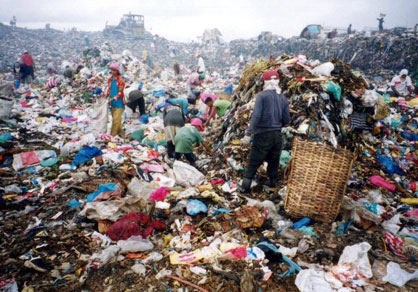 Waste disposal is no small
concern. Remember that garbage does not
only stink. It jars one's
sensibility.
Waste disposal is no small
concern. Remember that garbage does not
only stink. It jars one's
sensibility.
In a study conducted for the Metro Manila Development Association (MMDA), it was found that the rapid urbanization of Metro Manila which comprise 13 percent of the country's total population has greatly stimulated consumer demand and imposed a huge burden on the metropolis' solid waste management system. Additionally, Metro Manila’s daily waste generation has risen to 8,746 tons recently from 8,400 tons in 2010.
The same data show the capital region of 15.5 million people represents a 24-percent share in the national daily waste generation of 35,000 tons in 2010.
Most of that waste, particularly those from the squatter areas, are either illegally dumped on vacant lots and thrown into creeks and rivers.In the next millennium, the mounting garbage from the metropolis will further strain the already burdened disposal facilities. In fact, the San Mateo, Rizal sanitary landfill which at present is the lone landfill for Metro Manila, is already groaning from the crisis. Now unless a new landfill is developed, Metro Manila would be plunged into garbage crisis. Who would want that to happen?
The infrastructure and the facilities for a proper and efficient distribution of water and electricity must be upgraded, if at all possible. However, with no more land to expand on, what is best is to seek another area where a population can be resettled and the needs of those resettled groups met in all aspects – from their physical well-being, emotional stability, social equilibrium and spiritual comfort.
Traffic and Movement of Goods
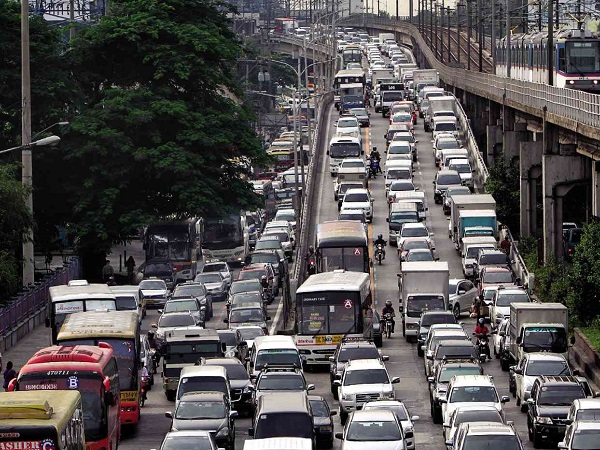 Since 1970, Manila has been expanding
along the growth corridors to the North Expressway and to the South in the
Calabarzon areas and the Batangas port.
Since 1970, Manila has been expanding
along the growth corridors to the North Expressway and to the South in the
Calabarzon areas and the Batangas port.
These growth corridors, themselves, are near their saturation point in development. At present, the movement of goods and people between these growth corridors uses the same roads and highways that pass through Manila creating additional traffic that is already plaguing the area.
With no available land for expansion, further problems, further losses and destruction would ensue. Traffic could worsen unless an alternative route is considered for the swift and efficient transportation of products/goods. With no efficient means of moving these goods, there would obviously be no food security, and there would be no money to spur development.
Inadequate Housing
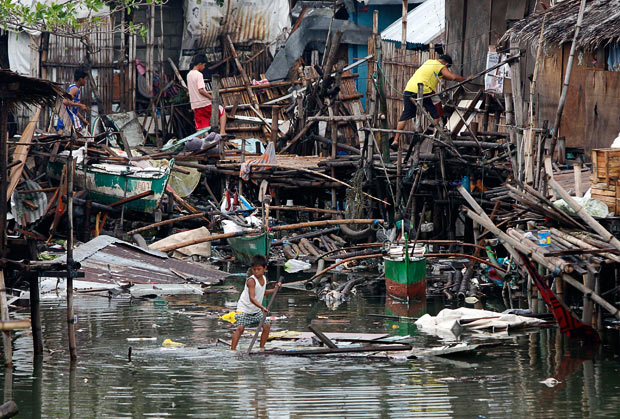 The growth of the urban population has
exceeded the government's capacity to provide adequate housing. Thus, shanties or barong-barongs dotted whatever areas were available. These barong-barongs sprout on public land, idle land or land rightfully owned by others. The residents
in these ramshackle shoeboxes are called "squatters".
The growth of the urban population has
exceeded the government's capacity to provide adequate housing. Thus, shanties or barong-barongs dotted whatever areas were available. These barong-barongs sprout on public land, idle land or land rightfully owned by others. The residents
in these ramshackle shoeboxes are called "squatters".
Their houses symbolize the deprivation and poverty they have been "sentenced" to live in.
Made of discarded or recycled materials, rusty iron sheets, plywood, cardboard, sawali thatch, plastic sheets, mats that serve as roofs or sidings, these shanties may have only one room or several divisions, occupying from 6 to 30 square meters.
With these non-sturdy materials, these dwellings (if they could be called that) easily lend themselves to fire, demolition teams, floods or earthquakes.
With the high demand for scarce and overdeveloped land in Metro Manila, real estate prices by the year 2015 and beyond would go up and become unaffordable. These, in turn, would create the problem of people squatting along riverbanks and at any conceivable space in the city. But you see, there is a need to give the land breathing space.
Increase In Crime Rate
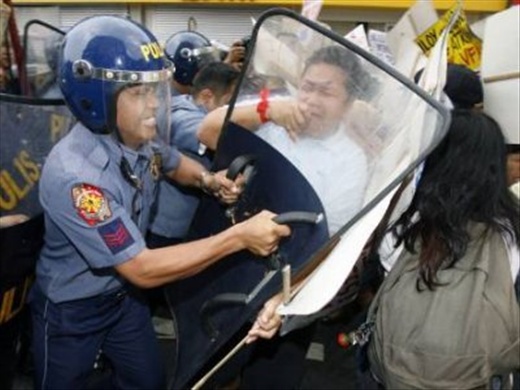 Besides, as it is, the problem of
squatters has already spawned unchecked waves in criminality, deterioration in
peace and order and even contributed to an alarming rise in violence, drug
abuse and other moral and social ills.
People who live in squatter colonies often congregate among themselves,
sharing less than noble ideas and sentiments.
Besides, as it is, the problem of
squatters has already spawned unchecked waves in criminality, deterioration in
peace and order and even contributed to an alarming rise in violence, drug
abuse and other moral and social ills.
People who live in squatter colonies often congregate among themselves,
sharing less than noble ideas and sentiments.
Instead of being productive, they prefer to loiter, chat and steal. Why? Simply because there's nothing better to do.
Living close together, they have no parks to play basketball or engage in other sports, breathe fresh air simply relax in comfort. They lack reading centers or pleasant entertainment plazas where they can discuss ideas, issues or projects that will benefit their lives. Ultimately, they resort to drinking, gambling, or other vices.
Floods and Diseases
 Residents of Metro Manila, due to lack
of adequate drainage, the poor maintenance of roads, and the presence of
squatter colonies, have experienced the fiercest of floods.
Residents of Metro Manila, due to lack
of adequate drainage, the poor maintenance of roads, and the presence of
squatter colonies, have experienced the fiercest of floods.
They are bound to experience bigger floods in the future especially those living in low-lying areas such as in Malabon, Navotas, Sampaloc, and Caloocan.
With floods come the destruction of roads, property and loss of productive manpower. These would again mean loss of income since government has to spend millions of pesos to repair roads and bridges. If floods take on days or weeks to subside, floods shall result in poor sewage and waste disposal and definitely, water-borne diseases such as cholera, diarrhea, typhoid fever and respiratory ailments which may affect thousands. All of these issues are a drain to the country's economy.
Pollution
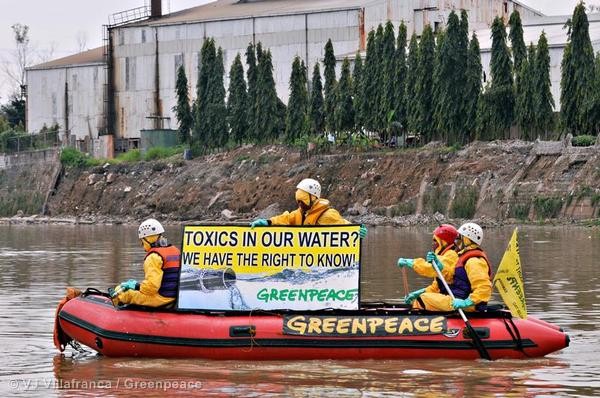 Due to lack of urban planning and over
density, the menace of pollution is not far behind. Factories have been built on areas close to
residential homes, thereby emitting gas or poisonous chemicals.
Due to lack of urban planning and over
density, the menace of pollution is not far behind. Factories have been built on areas close to
residential homes, thereby emitting gas or poisonous chemicals.
This kind of industrial pollution should never be tolerated as well as the pollution caused by numerous buses and trucks. Unclean air in Metro Manila has been somewhat solved with the recent passage of the Clean Air Act. However, men and women, and especially, children, still suffer from respiratory illnesses that ultimately lead to a weak, unhealthy population.
Poor Quality of Life
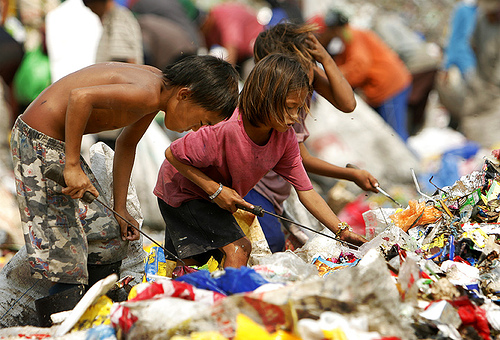 The quality of living in Metro Manila
shall meet its lowest point for sure.
How then would government lead its people to enjoy the barest
requirements for a decent life?
The quality of living in Metro Manila
shall meet its lowest point for sure.
How then would government lead its people to enjoy the barest
requirements for a decent life?
How can human beings continue to become human if they live in sub-human conditions? It is an unforgivable shame to allow a sizeable number of our fellow Filipinos to continue suffering this way. With unemployment, with abject poverty, with a loss in morale, how do you expect Filipinos to face greater challenges in the 21st century? Where would Metro Manila citizens go? What should they do to enjoy their natural birthright of living in pleasant surroundings, working in comfort and growing in an atmosphere of harmony if not peaceful co-existence?
Because of these issues, many Filipinos have been struggling not just to get by, but to live a decent, humane life style.The Solution: A New Master planned City
With all these issues facing the residents of Metro Manila every single day, only a new, master planned city that can accomodate all future growth, from population to work opportunities, is the only solution.
Pacific Coast Cities - The Future of the Philippines


